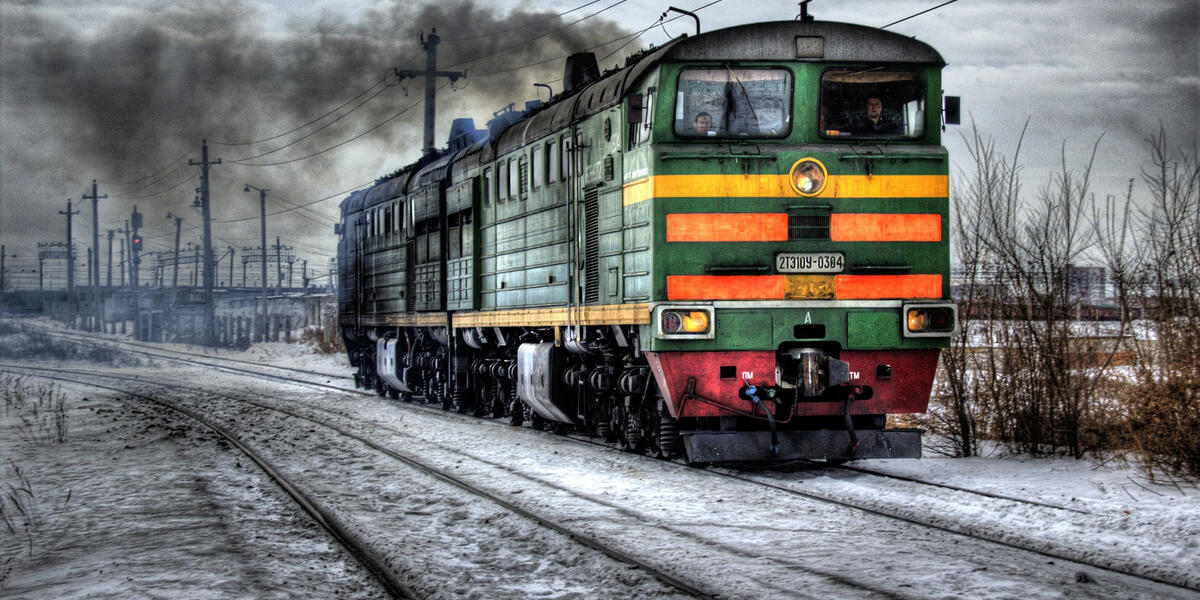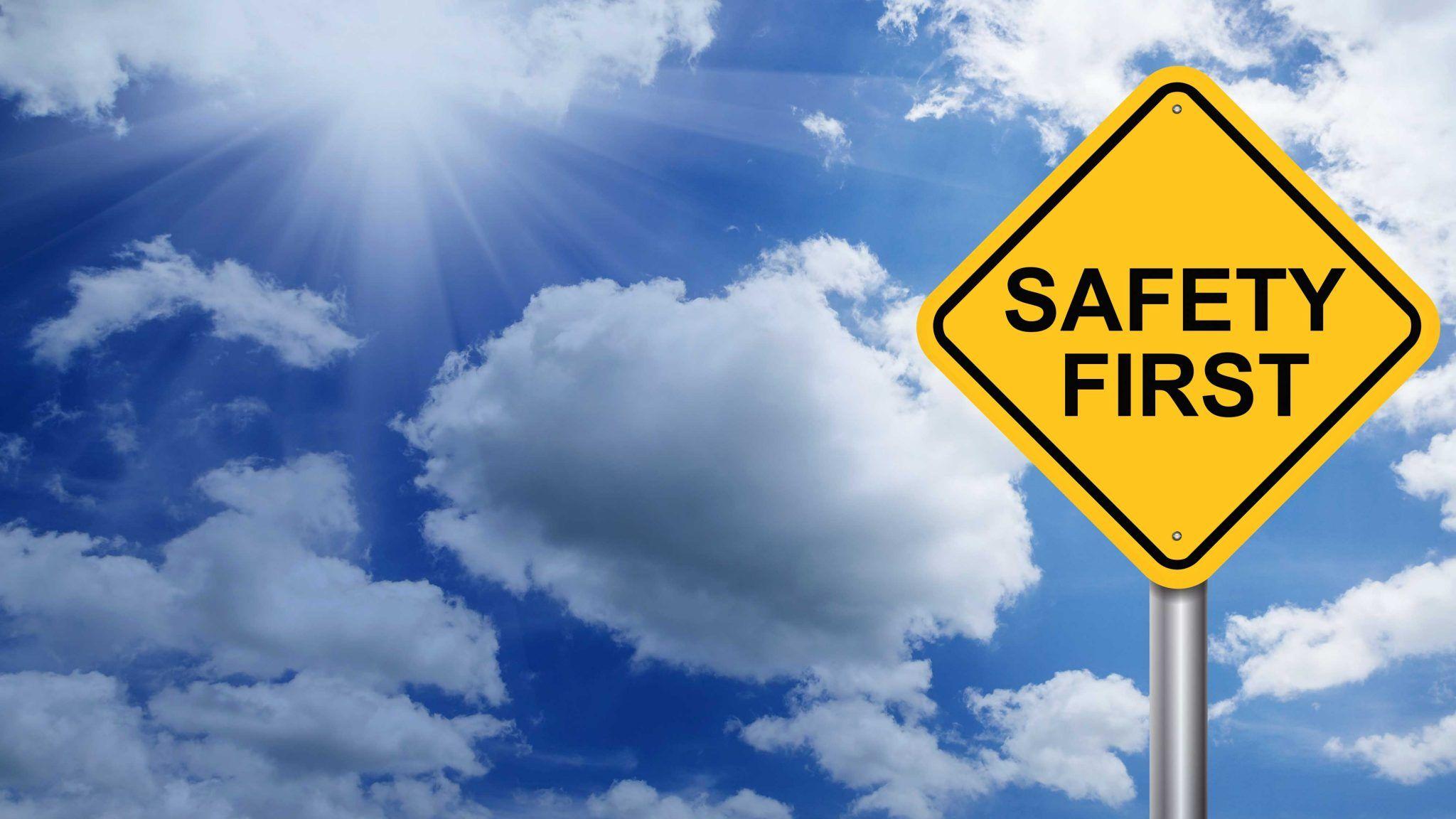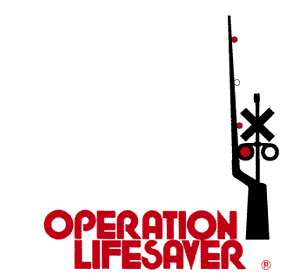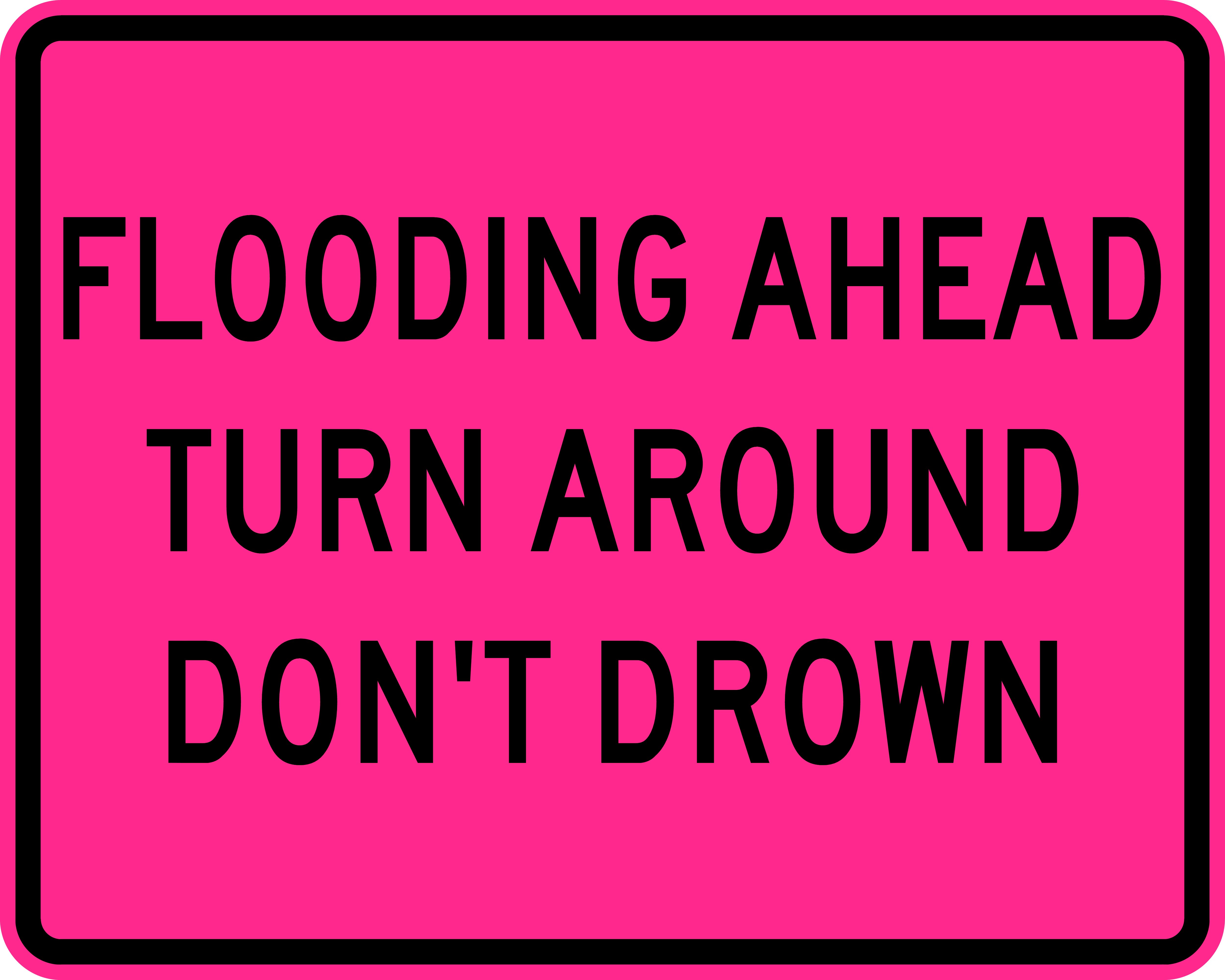While on your route, do you ever think about how many times a day you cross a train track? Most of the time we take for granted that there no trains coming and proceed to cross the track. Take time to download the driver’s guide and take the safety quiz for professional drivers.
Download: Stay Alive When You Drive- professional driver’s guide and safety quiz at: (http://oli.org/e-learning-survey/ 12 pages, PDF format)
Safety Tips for Truck Drivers
- At 55 mph, a train could take a mile or more to stop
- Stop no closer than 15 feet (one car length) from the crossing. If you are in traffic, don’t proceed if you can’t safely clear the crossing
- Note the overhang of three feet or more (both for your truck and the train)
- Make sure that trailer jacks are in the up position. Non-retracted trailer jacks can cause trailers to become stuck on crossings.
- Cell phones are the top distraction for all drivers
- Trains and Trucks don't mix. Never race a train to the crossing — even if you tie, you lose.
- The train you see is closer and faster moving than you think. If you see a train approaching, wait for it to go by before you proceed across the tracks.
- Be aware that trains cannot stop quickly. Even if the locomotive engineer sees you, a freight train moving at 55 miles per hour can take a mile or more to stop once the emergency brakes are applied. That's 18 football fields!
- Never drive around lowered gates — it's illegal and deadly. If you suspect a signal is malfunctioning, call the 1-800 number posted on or near the crossing signal or your local law enforcement agency.
- Do not get trapped on the tracks; proceed through a highway-rail grade crossing only if you are certain you can fully clear the crossing without stopping. Remember, the train is three feet wider than the tracks on both sides.
- If your vehicle ever stalls on a track with a train coming, get out immediately and move quickly away from the tracks in the direction from which the train is coming. If you run in the same direction the train is traveling, when the train hits your car, you could be injured by flying debris. Call your local law enforcement agency for assistance.
- At a multiple track crossing waiting for a train to pass, watch out for a second train on the other tracks, approaching from either direction.
- When you need to cross train tracks, go to a designated crossing, look both ways, and cross the tracks quickly, without stopping. Remember it isn't safe to stop closer than 15 feet from a rail.
- ALWAYS EXPECT A TRAIN! Freight trains do not follow set schedules.
- If you get stuck at the crossing, get out, call the 800-number posted at the crossing, or call the local police to alert trains of your position. (Information provided by Operation Lifesaver)
New Operation Lifesaver Video Warns Filming on Train Tracks is Illegal & Deadly!
With the ever-growing amount of social media, it is not surprising there have been several deadly incidents involving people making videos near railroad tracks. The national nonprofit rail safety education group Operation Lifesaver, Inc.
Operation Lifesaver, Inc. is a national, non-profit safety education group whose goal is to eliminate deaths and injuries at railroad crossings and along railroad rights of way. Operation Lifesaver has programs in all 50 states, with trained and certified presenters who provide free safety talks to community groups, school bus drivers, truck drivers and student drivers to raise awareness around railroad tracks and trains. For more information, and to request a free safety presentation, visit www.oli.org.
Turn Around Don’t Drown!
We are now in the middle of the hurricane season that could produce storms that could drop up to 30+ inches of rain. It is a good time to discuss with your drivers about flooding and the fact that road conditions can change rapidly with flash floods. Each year, more deaths occur due to flooding than from any other thunderstorm related hazard. Why? The main reason is people underestimate the force and power of water. Over half of all flood-related deaths each year occur with victims inside vehicles. Many of the deaths occur in vehicles as they are swept downstream. Of these drownings, many are preventable, but too many people continue to drive around the barriers that warn you the road is flooded. Even when operating a large commercial motor vehicle, you can be swept away by the strong force of the waters current. A few years ago, I remember watching a cement mixer caught in a stormwater canal in Los Angeles during a flash flood. It had been swept down the canal as if it were a toy boat.
To check on weather conditions and flooding, go the National Weather Service website at: https://www.weather.gov/
Whether you are driving or walking, if you come to a flooded road, Turn Around Don't Drown. You will not know the depth of the water nor will you know the condition of the road under the water.
- If flooding occurs, get to higher ground. Get out of areas subject to flooding. This includes dips, low spots, canyons, washes etc.
- Avoid areas already flooded, especially if the water is flowing fast. Do not attempt to cross flowing streams. Turn Around Don't Drown
- Roadbeds may be washed out under flood waters. NEVER drive through flooded roadways. Turn Around Don't Drown If your vehicle is suddenly caught in rising water, leave it immediately and seek higher ground.
- Don’t park your vehicle along streams and washes, particularly during threatening conditions
- Be especially cautious at night when it is harder to recognize flood dangers
- Avoid low water crossings.
- Use alternate routes to avoid flood prone areas.
- Leave your vehicle immediately if it stalls in flood waters.
- Move to higher ground if you can do so safely.
- Most cars and light trucks will begin to float in as little as one to two feet of water.










